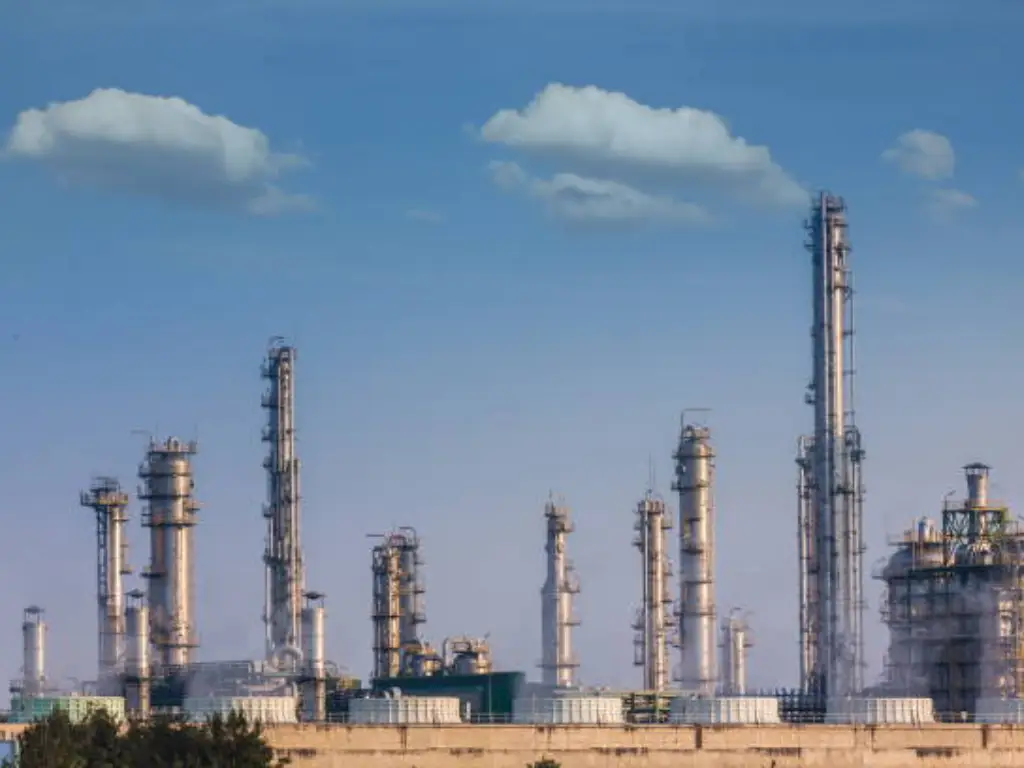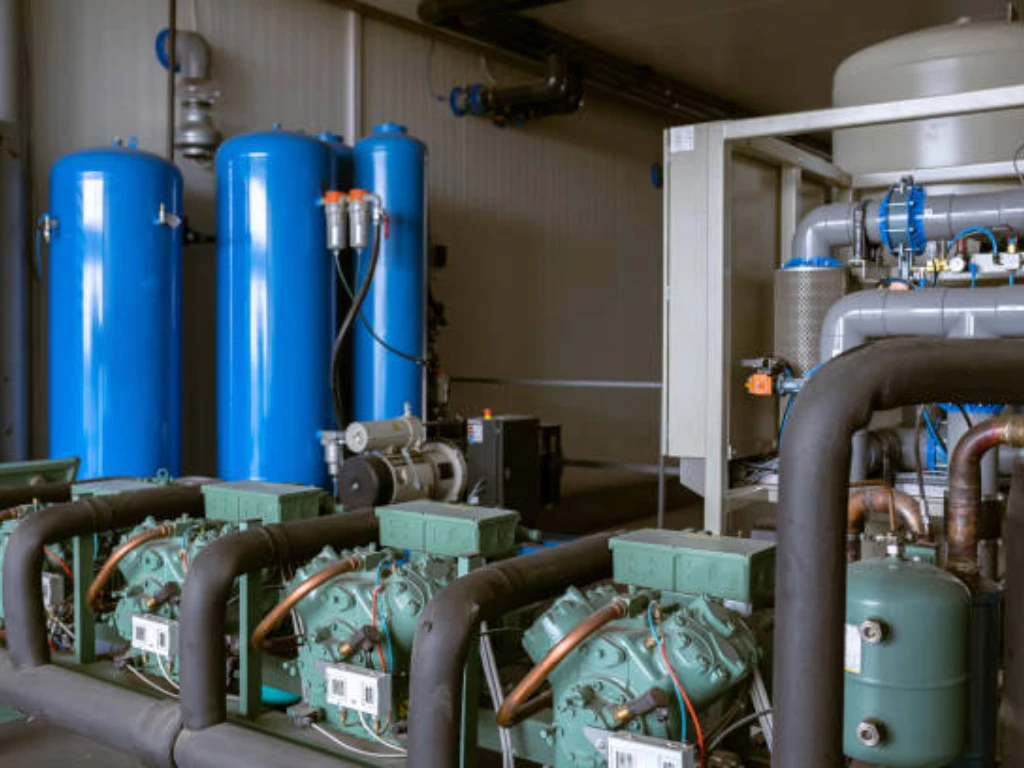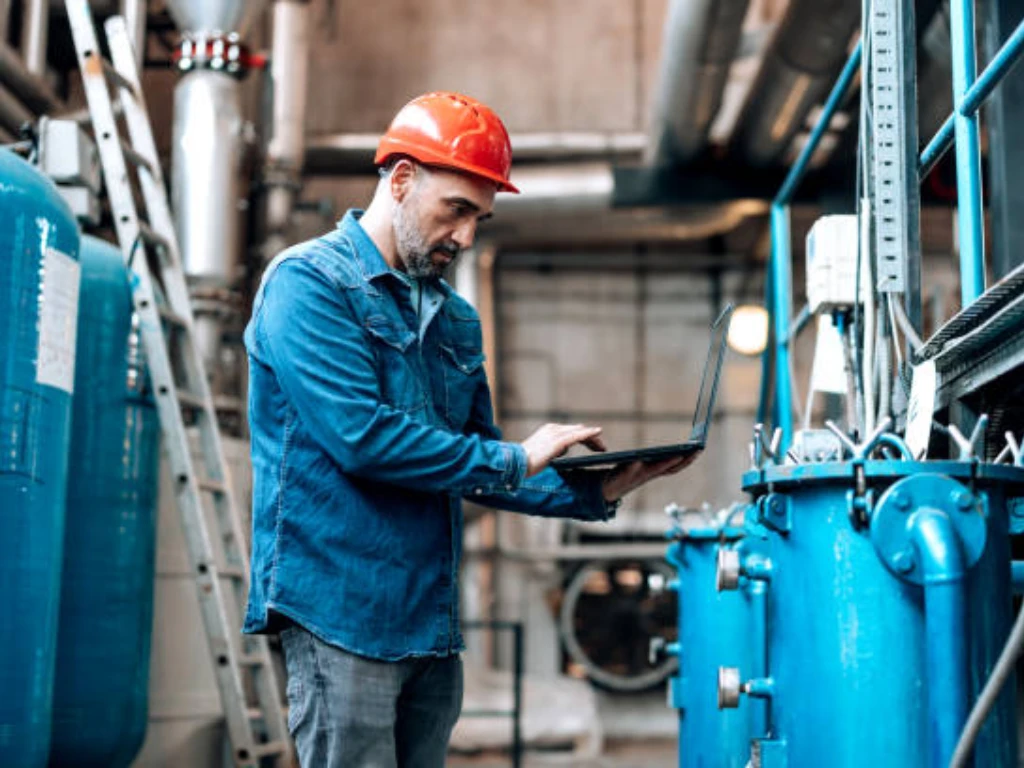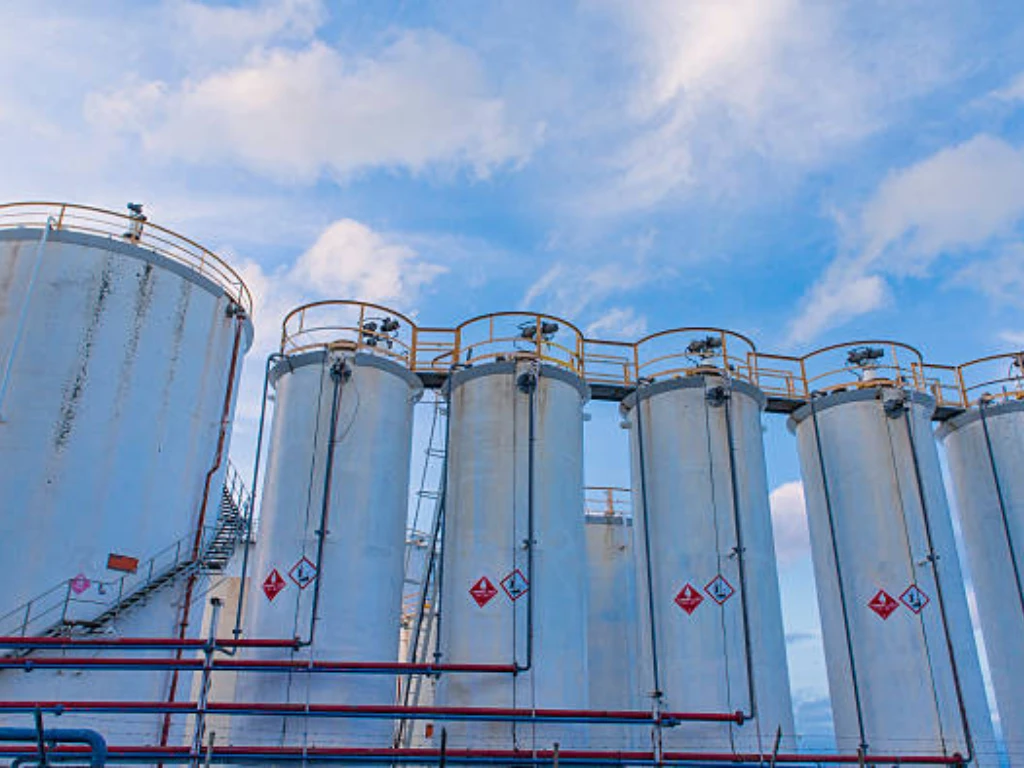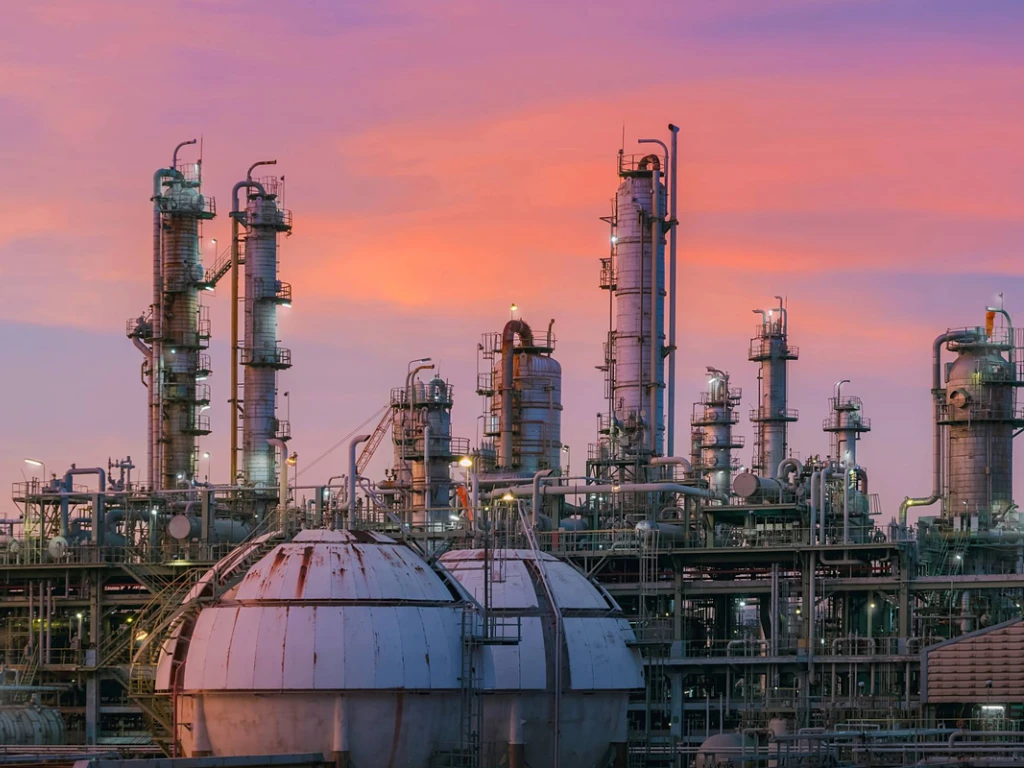Introduction to Oxygen Concentrators
Oxygen concentrators are more than just a piece of equipment and can be viewed as an essential auxiliary medical device that enhances the quality of life in people with breathing disorders. Such devices filter and extract oxygen from surrounding air and transport it to the patient with a nasal cannula or a mask. The introduction of portable oxygen concentrators to patients’ oxygen therapy has significantly improved the oxygen therapy experience, enabling its users to actively go about their lives.
In deciding the question how long can oxygen concentrator run continuously, there are some crucial facts that must be learnt concerning the principles and the range of supply. Oxygen concentrators are made so that they can be used over a long duration without any complications, for example, if a user is constantly getting oxygen from it. Often, however, the length of uninterrupted work will be dependent on the characteristics of the model, the settings of the device and the oxygen flow rate prescribed to the user.
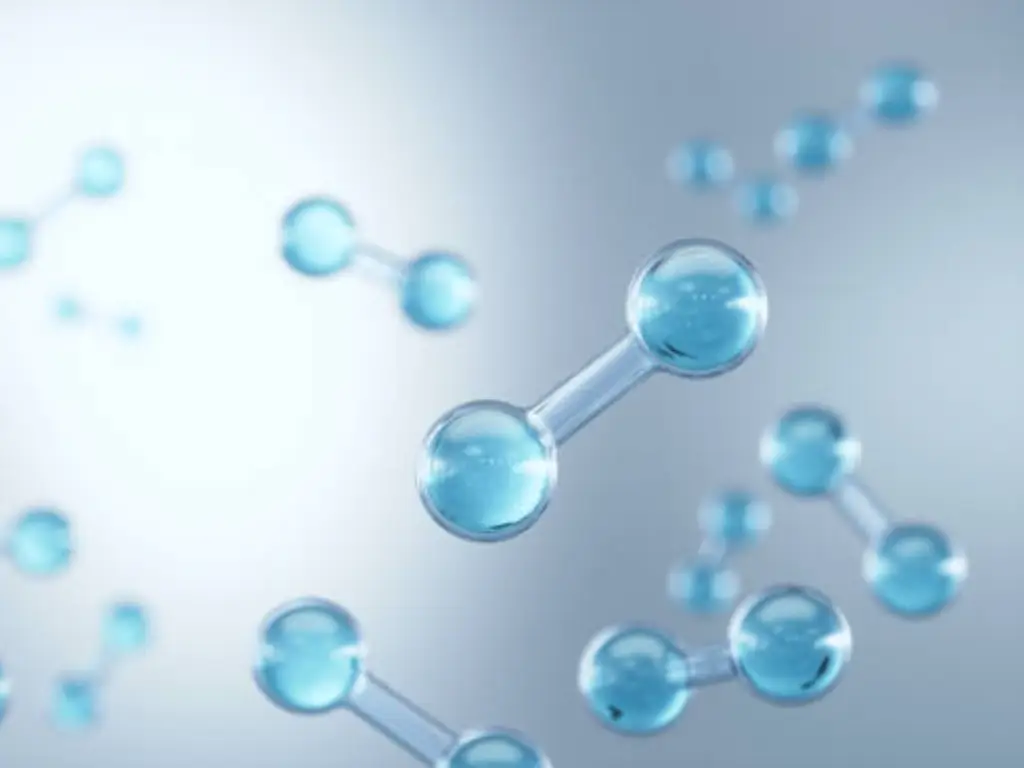
Understanding Continuous Use
Standard Operating Durations
Upon the use of oxygen concentrators, this is understandable that one of the frequently asked questions is “How long can an oxygen concentrator work? This entirely determines the model, the setting, and the type of oxygen flow rate that has been prescribed to the user. More oxygen concentrators are built to function without interruption for virtually as long as the user requires; typically, the hours range from 16-24 hours in a day.
The working hours are not universal, but may vary from one feature of the concentrator to another. If the portable ones are used for a few hours, stationary ones may last at least a day if needed, while stationary ones may also last longer. It is advisable to seek the opinion of a physician on how long one can wear the concentrator based on individual’s needs and limitations of the device. Also relevant to how long the concentrator can be expected to work without any breaks is the oxygen flow rate which the patient is prescribed, which is stated in LPM or liters per minute. Higher flow rates are associated with the higher number of breaks or shifts in the operational modes from continuous to pulse dose or help oxygen concentrators translate and help sustain hyperoxygenation during exercise about activity.
| Type of Oxygen Concentrator | Mode of Operation | Average Continuous Runtime | Notes |
| Portable Oxygen Concentrator | AC Power | 16-24 hours | Dependent on model and settings; offers more freedom of movement. |
| Portable Oxygen Concentrator | Battery Power | 2-8 hours | Battery life affected by capacity, power, and continuous flow settings. |
| Stationary Oxygen Concentrator | AC Power | 24+ hours | Typically designed for continuous use in a single location. |
| Oxygen Concentrator (High Flow) | AC Power | 16-20 hours | May require additional maintenance due to higher flow rates. |
Risks of Overuse
Although oxygen concentrators are made with an assurance of extended usage, still can expose one to safety hazards if overused. Prolonged use of the device or using it at more than the prescribed flow rate causes unnecessary pressure on the device and ultimately leads to lowered oxygen concentration and reduced efficiency of the equipment.
To avoid such occurrences, continuation of usage must be within acceptable limits as per the recommendation of the manufacturers and the physician. Cleaning the filters, replacing the molecular sieve, and other activities that are aimed at maintenance objectives can help to achieve the desired state of performance of the device and prolong its utilization. Alarms or indicators indicating low levels of oxygen purity, high temperatures and other devices should be taken seriously and measures like rests or use of intermittent modes instead of constant or overusing devices in the case of hot and sultry environments should be observed.
How Molecular Sieves Function
The device that is most relevant in an oxygen concentrator is the sieve, which is necessary for the air separation and oxygen generation processes. Zeolite is used as the molecular sieve, eliminating nitrogen from the air and thereby letting oxygen through, because of its unique porous structure. This results in a high concentration of oxygen to the user in the range of around 87% to 95%.
The performance and even the effectiveness in relation to time of an oxygen concentrator is usually influenced by how the molecular sieve performs. The adsorption of nitrogen is such that there comes a point when the molecular sieve becomes full and it can no longer adsorb more nitrogen. During the regeneration phase, nitrogen is removed from the sieve, and the molecular sieve is allowed to regain its ability to adsorb substances. Optimization in the oxygen cleanliness levels and further convenience during use on a constant basis requires suitable servicing and adherence to replacement timelines with molecular sieves.
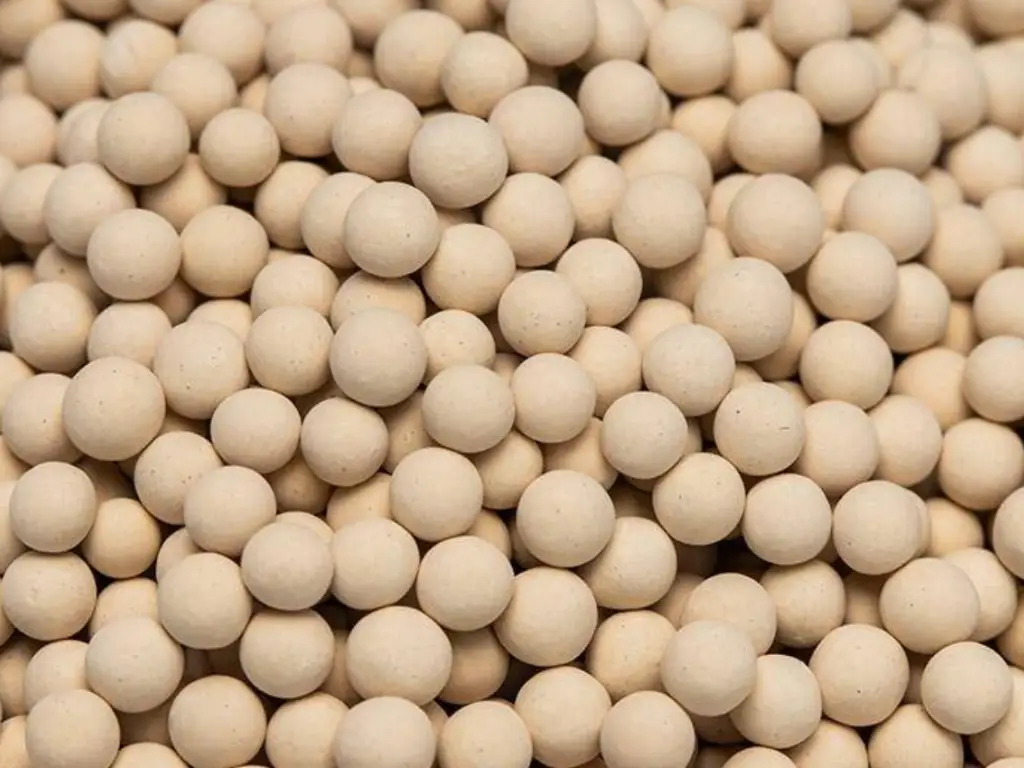
Safety Features in Oxygen Concentrators
Since continuous use of oxygen concentrators can be dangerous, safety measures have been incorporated, such as prevention against overheating. Such devices have the differentiating features that enable them to measure certain limits on unit temperature and once the element is reached, disable the operability of the concentrator. Overheating circumstances can be caused by blocked vents, excessive dust, or even heat from the room temperature. Maintaining cleanness of the device and ensuring adequate airflow through the equipment may minimize overheating and permit uninterrupted supply of oxygen to patients.
In addition, all oxygen concentrators are fitted with alarm systems and indicators in accordance within which every user of the oxygen concentrator will be alerted in case of any malfunctioning of the device even with continuous use. Among the alarms include warning signs showing the oxygen level is not within the desired concentration, occurrence of an abnormal power supply and other systems which need urgent repairs. For effective and responsible use of the device, measures such as warning systems and sounds that signal operation abnormality are incorporated into the device.
Factors Affecting Continuous Operation
Power Supply Considerations
In terms of the oxygen system, the duration of its operation is determined chiefly by the power supply, which includes both battery capacity and battery life. Portable concentrators may use AC power or battery power. When plugged into a mains electrical socket, like stationary oxygen concentrators, its operation is only limited by the duration of the user’s need for it and is somewhere between 16 and 24 hours depending on its model and settings, providing peace of mind to users.
On the other hand, if there is no AC power, the portable oxygen concentrator can only be used for a short period of time without resuming to charge its battery again. Most of the battery-operated portable concentrators have internal rechargeables, the life of which depends on several situations, thus usually varying from 2 to 8 hours. This variation can be influenced by factors such as the capacity of the battery, how powerful the device is, and the amount of continuous flow recommended. Some such concentrators also allow for prolonged use in battery power mode by using additional external batteries.
However, this may depend on aspects such as the age of the battery, the number of cycles it has run through, and how it has been stored. Users have to pay attention to the expected life of the portable oxygen system, the re-charge interval, the re-charge facilities, and extra power sources during movement so that home oxygen concentrators can provide uninterrupted oxygen therapy, ensuring continuous peace of mind.
Environmental Conditions
External factors are the most influential in setting how long an oxygen concentrator can run nonstop. For example, excess humidity can result in some amount of condensation developing inside the machine which will damage certain internal parts leading to low concentration ability of the concentrator’s. In such conditions, a dehumidifier or air conditioner should be applied since the surrounding is too wet.
Both higher and lower extreme temperatures do affect the performance of the device as well. With elevated temperatures, the device may get too hot and might shut down automatically or reduce the amount of oxygen supplied. Cold weather will also result condensation may do harm on the battery. Air also contains dirt and dust among other particles which eventually are trapped within the filters which reduces the oxygen purification capability and can also damage some parts. It is worthwhile noting that all these factors have to be guarded against by using the oxygen concentrator within a clean, ventilated environment and changing the filters based on the manufacturer’s recommendations.
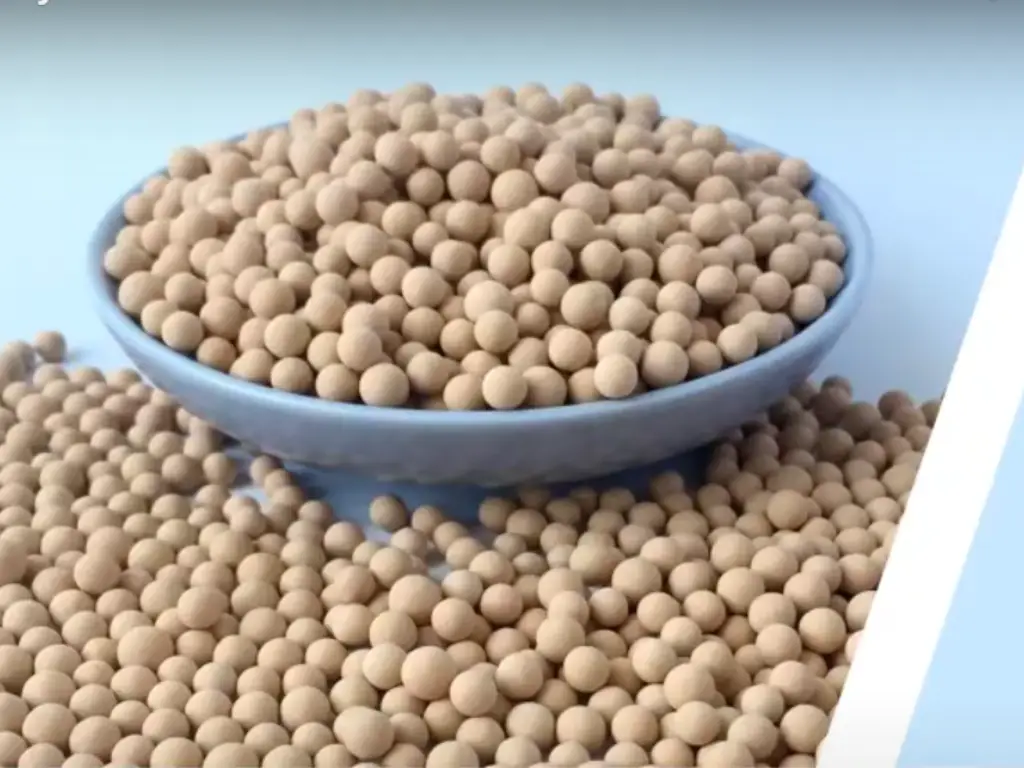
Maintenance Tips for Prolonged Use
Regular Cleaning and Check-Ups to Extend Lifespan
Essential for the critical functioning and lasting of the use of an oxygen concentrator, particularly with prolonged use, is its regular maintenance. This requires finding the right balance between routine checks and minimal disruption. This comprises normal cleaning, including the exteriors of the device, cleaning or replacing the air filters, and routine inspection of tubing and other accessories to detect wear and tear, which ensures little maintenance in the long run. Regular visits from skilled personnel are useful in catching potential problems early and resolving them to ensure that the device does not fail, even when exposed to varying ambient temperatures.
Ensuring Optimal Molecular Sieve Function
Maintaining the molecular sieve’s efficiency is crucial for prolonged continuous runtime. It is possible that after some time, the efficiency of the molecule-needy sieve in adsorbing nitrogen could drop, hence minimum oxygen purity. It is necessary to perform regular oxygen purity output checks as per schedule and change the molecular sieve if required. Proper adherence to the schedule of taking out and rejuvenating the molecular sieve that is stipulated by the initiating device can enhance the longevity of the device and guarantee a steady supply of oxygen.
Balancing Oxygen Needs with Device Operation
In the case of oxygen concentrator – how long can it run uninterrupted in use – there is a need to ensure that the operator’s oxygen hunger is commensurate with the functionality of the device. Though using oxygen should never be a problem for anyone all the time. The amount of oxygen flow and duration should be limitations whenever a healthcare provider is involved. It is natural to want to overuse the device or use higher flow rates than recommended in the hope of enjoying higher oxygen levels, but this may change for the worse. As clear, overstretching of the use or treatment of the device is also detrimental, as procrastination of use or ignoring the prescribed therapy. Contacting a healthcare provision regularly would act to minimize abuse and therefore allow for the correct use of the oxygen concentrator.
Considerations for Purchasing an Oxygen Concentrator
In order to decide how long an oxygen concentrator can sustain a continuous run, it is necessary to consider the oxygen requirements of the user and the capacity of the device. However, it is possible to use it continuously, but it is necessary to follow the recommended oxygen flow rate and the time indicated by a doctor. Using the device beyond the recommended flow rate or for a long time can lead to the reduction of the oxygen purity and even damage the device making the oxygen therapy less effective. On the other hand, lack of use of the device or failure to adhere to the recommended therapy will be detrimental to the health of the user. It is therefore important to keep in touch with the healthcare provider on a regular basis to ensure that the oxygen concentrator is being used in the right manner and in a safe manner to meet the needs of the user in the best way possible so as to enhance the delivery of oxygen and hence improve the quality of life of the patient.
Partnering with Jalon for High-Quality Molecular Sieves
In regard to the perfect operation and lifespan of your oxygen concentrator, there is a need to work with a dependable molecular sieve supplier. Jalon, which develops molecular sieves, has vertical solutions and full support for the oxygen generation sector, including PSA (Pressure Swing Adsorption) and VPSA (Vacuum Pressure Swing Adsorption) large-scale oxygen generators. Jalon emphasizes the performance quality of molecular sieves and its supportive commitment towards manufacturers and users of oxygen concentrators by offering high compliance quality, quick-to-market delivery services coupled with a no-risk assessment of the product. By turning to Jalon, you can appreciate high-quality and effective products aimed at improving the operation of an oxygen concentrator.
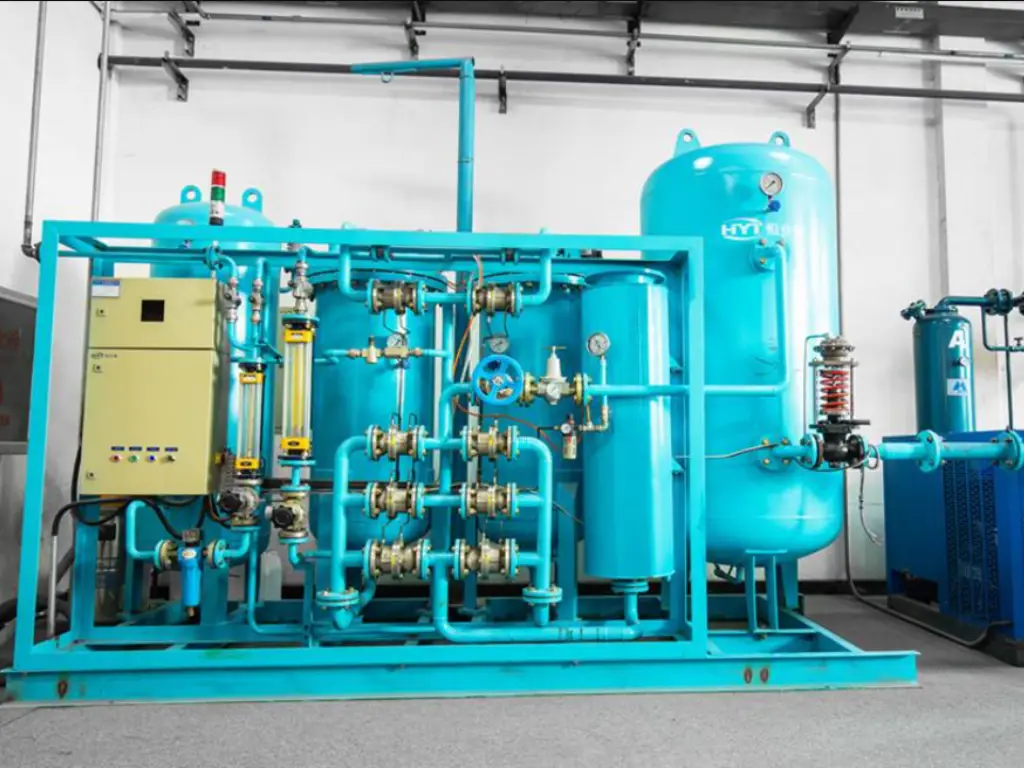
Conclusion
Oxygen concentrator is the most important source of oxygen support measure for People with respiratory illness. In order to maximize the usage of oxygen concentrator, let us understand for how long can an oxygen concentrator operate continuously. Manufactures instills that although most concentrators are meant to work non-stop, proper operating conditions, following the recommended oxygen flow regime and carrying out the scheduled maintenance will prolong the system on a long term basis and internal efficiency. Such issues as power supply and conditions as well as individual consumption and application make it easy for the oxygen concentator buyers to decide on a continuous use of the machine. Adequate care and attention arealways extended to oxygen oxygen concentrators to enhance their efficiency and as such users have an opportunity to lead active and enriching lives.

